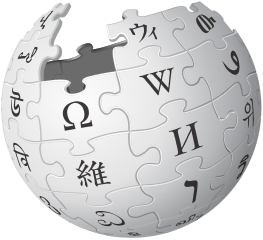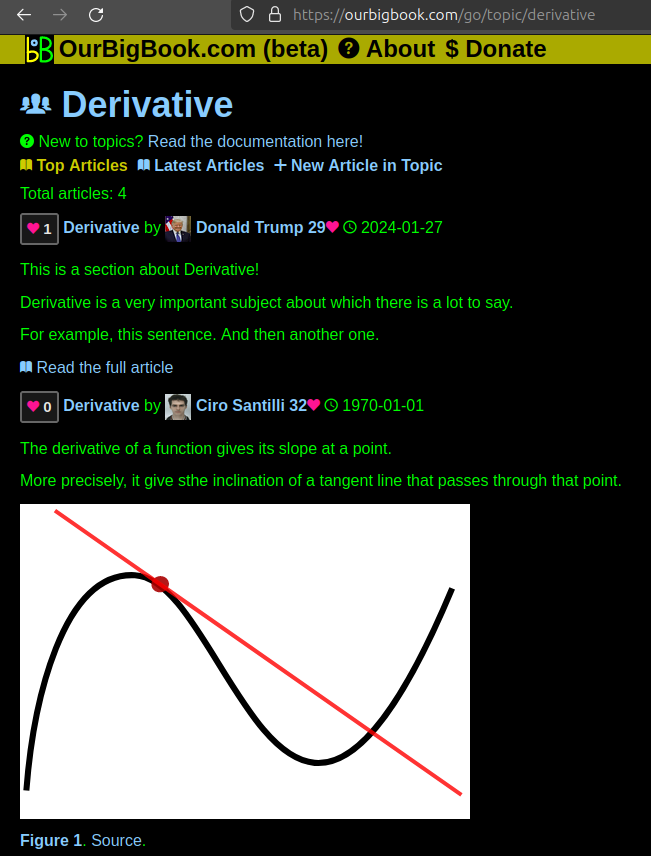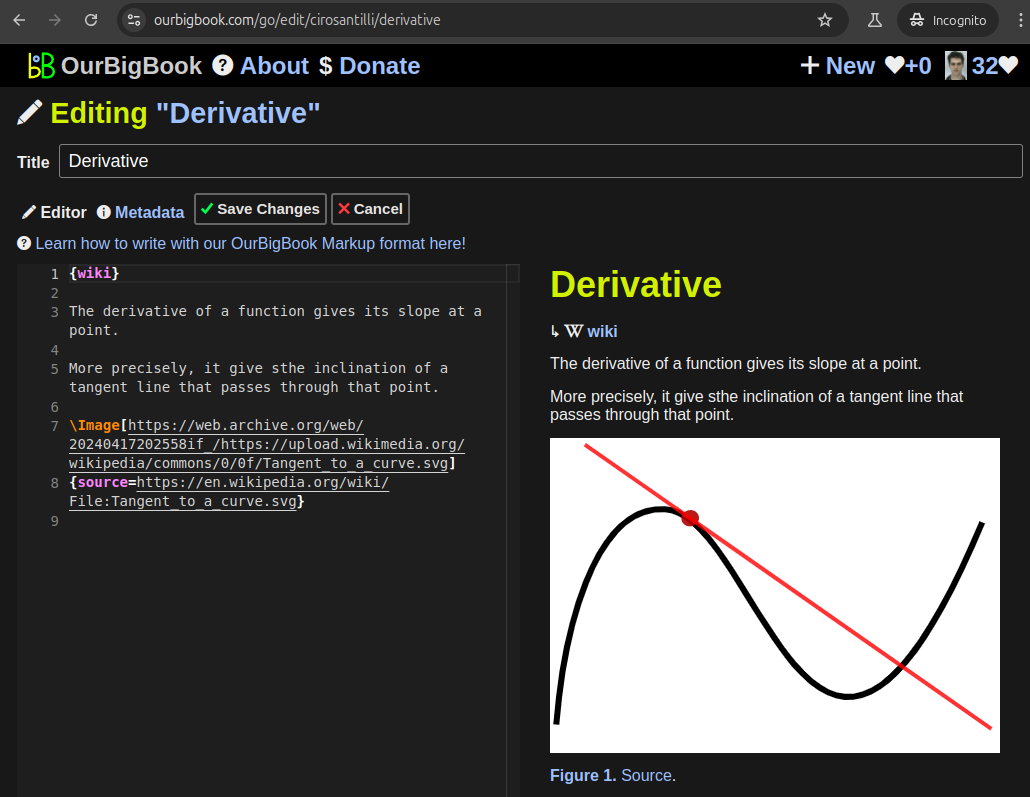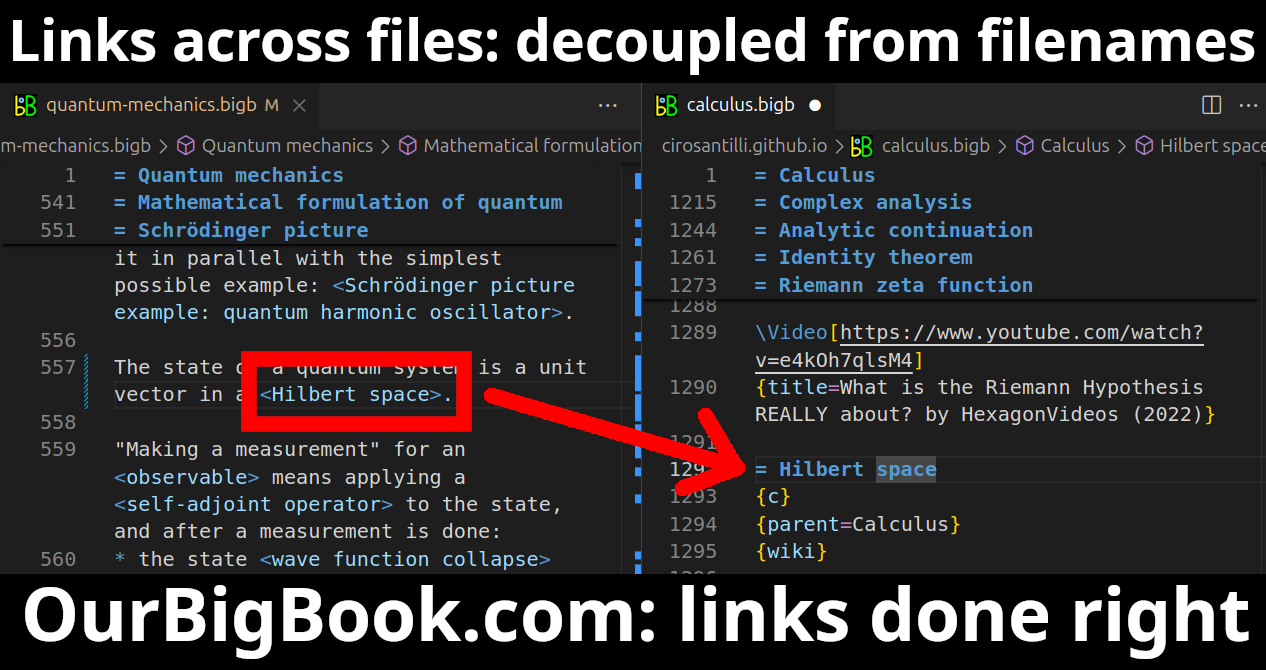"Expensive Typewriter" is a term that refers to a particular approach in writing and communication, often associated with the idea that traditional, high-quality typewriters can produce better content or a more authentic voice than modern technologies. However, in the context of modern digital platforms, it often represents a critical perspective on digital communication, exploring themes of authenticity, creativity, and the value of craftsmanship in writing.
The term "black oil equations" refers to a set of mathematical relations used in reservoir engineering and petroleum production to model the behavior of black oil, a type of crude oil characterized by its relatively high viscosity and the presence of dissolved gases and lighter hydrocarbon components. Black oil models help in understanding and predicting the behavior of oil reservoirs during production.
Burgers' equation is a fundamental partial differential equation in fluid mechanics and mathematics. It is named after the Dutch physicist Johannes Burgers, who introduced it in his study of turbulence and other fluid dynamics phenomena. The equation can be seen as a simplification of the Navier-Stokes equations, which govern fluid motion.
The Camassa-Holm equation is a nonlinear partial differential equation that describes the dynamics of shallow water waves. It was first introduced by Roberta Camassa and Darryl Holm in their 1993 paper. The equation models unidirectional wave propagation and is noteworthy for its ability to describe solitary waves, which can maintain their shape while traveling at constant speeds.
The Hadamard–Rybczynski equations describe the motion of a fluid in a gravitational field, particularly in the context of fluid dynamics. These equations are important in studying the behavior of inviscid and incompressible fluids, especially when analyzing potential flow around bodies. The Hadamard–Rybczynski equations relate the velocity potential or stream function to the shape of the body and the flow conditions around it.
A Herschel–Bulkley fluid is a type of non-Newtonian fluid that exhibits both yield stress and shear-thinning (or shear-thickening) behavior. The defining characteristic of such fluids is that they do not begin to flow until a certain threshold stress, known as the yield stress, is exceeded. Once this yield stress is surpassed, the fluid flows according to a power-law relationship that describes its viscosity.
A **Markov operator** is a mathematical construct that is used primarily in the context of Markov processes, which are stochastic processes characterized by their memoryless property. In simple terms, a Markov operator is a linear operator that describes the evolution of probability distributions over states in a Markov chain or Markov process.
Stokes flow refers to the flow of an incompressible viscous fluid at low Reynolds numbers, where inertial forces can be neglected in comparison to viscous forces. This type of flow is governed by the Stokes equations, which are simplified forms of the Navier-Stokes equations. These equations assume that the fluid is Newtonian, meaning its viscosity is constant and the stress is linearly proportional to the rate of strain.
The Krylov–Bogolyubov theorem, often associated with the works of Nikolai Krylov and Nikolai Bogolyubov, is a result in the theory of dynamical systems and statistical mechanics. It addresses the existence of invariant measures for certain classes of dynamical systems, particularly in the context of Hamiltonian systems and stochastic processes. In more technical terms, the theorem typically applies to systems that can be described by a flow in a finite-dimensional phase space.
S.G. Dani typically refers to a prominent figure in the field of statistics or academic research, particularly in India. S.G. Dani has made significant contributions to topics such as statistical theory, stochastic processes, or related areas. However, without specific context or additional information, it's challenging to provide a detailed description or relevance. If you meant something different by "S. G.
Helaine Selin is a scholar and editor known for her work in the fields of science and philosophy, particularly in relation to the role of cultural perspectives in scientific inquiry. She has edited various volumes that explore the interplay between science, culture, and society. Notably, she is the editor of the "Science Across Cultures" series, which examines how different cultures understand and interact with scientific concepts.
As of my last knowledge update in October 2023, there isn't widely known or significant information regarding a person or entity named "Adolf Weiler." It's possible that he could be a private individual, a lesser-known figure, or associated with a specific niche or local context that isn't widely documented.
Arne Broman is a name that may refer to different individuals depending on the context, but one notable person with that name is a Swedish scientist known for his work in the field of physics, particularly in relation to astrobiology and stellar phenomena. If you have a specific Arne Broman in mind or if you are looking for information on a different context (such as literature, history, etc.), please provide more details for a more accurate response!
Aurel Wintner was a notable mathematician, particularly recognized for his contributions to real analysis and complex analysis. He is often associated with work in areas such as measure theory and functional analysis. Wintner is known for his collaborations and publications in mathematical journals, making significant advancements in various mathematical concepts and theorems. Additionally, his legacy includes influence in the mathematical community through his teaching and mentoring of students in the field.
Axel Johannes Malmquist (1888–1972) was a Swedish astronomer known for his work in astrophysics and optics. He is particularly recognized for the Malmquist bias, a statistical effect in astronomy that can affect the analysis of the distance and brightness of stars in surveys. This bias occurs because more luminous stars are more easily detected at greater distances, which can skew interpretations of star populations and their properties.
Ludvig Oppermann is not widely recognized in popular culture or history up to my knowledge cutoff in October 2023. It's possible that he could be an emerging figure in a specific field, such as arts, sciences, or sports, or perhaps related to a local context or a niche topic that hasn’t gained widespread attention.
A **consistent estimator** is a type of estimator in statistics that converges in probability to the true value of the parameter being estimated as the sample size increases.
As of my last knowledge update in October 2021, there is limited information regarding a person named Henrik Petrini. It's possible that he may not be a widely recognized public figure, or my dataset may not contain detailed information about him.
Pinned article: Introduction to the OurBigBook Project
Welcome to the OurBigBook Project! Our goal is to create the perfect publishing platform for STEM subjects, and get university-level students to write the best free STEM tutorials ever.
Everyone is welcome to create an account and play with the site: ourbigbook.com/go/register. We belive that students themselves can write amazing tutorials, but teachers are welcome too. You can write about anything you want, it doesn't have to be STEM or even educational. Silly test content is very welcome and you won't be penalized in any way. Just keep it legal!
Intro to OurBigBook
. Source. We have two killer features:
- topics: topics group articles by different users with the same title, e.g. here is the topic for the "Fundamental Theorem of Calculus" ourbigbook.com/go/topic/fundamental-theorem-of-calculusArticles of different users are sorted by upvote within each article page. This feature is a bit like:
- a Wikipedia where each user can have their own version of each article
- a Q&A website like Stack Overflow, where multiple people can give their views on a given topic, and the best ones are sorted by upvote. Except you don't need to wait for someone to ask first, and any topic goes, no matter how narrow or broad
This feature makes it possible for readers to find better explanations of any topic created by other writers. And it allows writers to create an explanation in a place that readers might actually find it.Figure 1. Screenshot of the "Derivative" topic page. View it live at: ourbigbook.com/go/topic/derivativeVideo 2. OurBigBook Web topics demo. Source. - local editing: you can store all your personal knowledge base content locally in a plaintext markup format that can be edited locally and published either:This way you can be sure that even if OurBigBook.com were to go down one day (which we have no plans to do as it is quite cheap to host!), your content will still be perfectly readable as a static site.
- to OurBigBook.com to get awesome multi-user features like topics and likes
- as HTML files to a static website, which you can host yourself for free on many external providers like GitHub Pages, and remain in full control
Figure 3. Visual Studio Code extension installation.Figure 4. Visual Studio Code extension tree navigation.Figure 5. Web editor. You can also edit articles on the Web editor without installing anything locally.Video 3. Edit locally and publish demo. Source. This shows editing OurBigBook Markup and publishing it using the Visual Studio Code extension.Video 4. OurBigBook Visual Studio Code extension editing and navigation demo. Source. - Infinitely deep tables of contents:
All our software is open source and hosted at: github.com/ourbigbook/ourbigbook
Further documentation can be found at: docs.ourbigbook.com
Feel free to reach our to us for any help or suggestions: docs.ourbigbook.com/#contact






